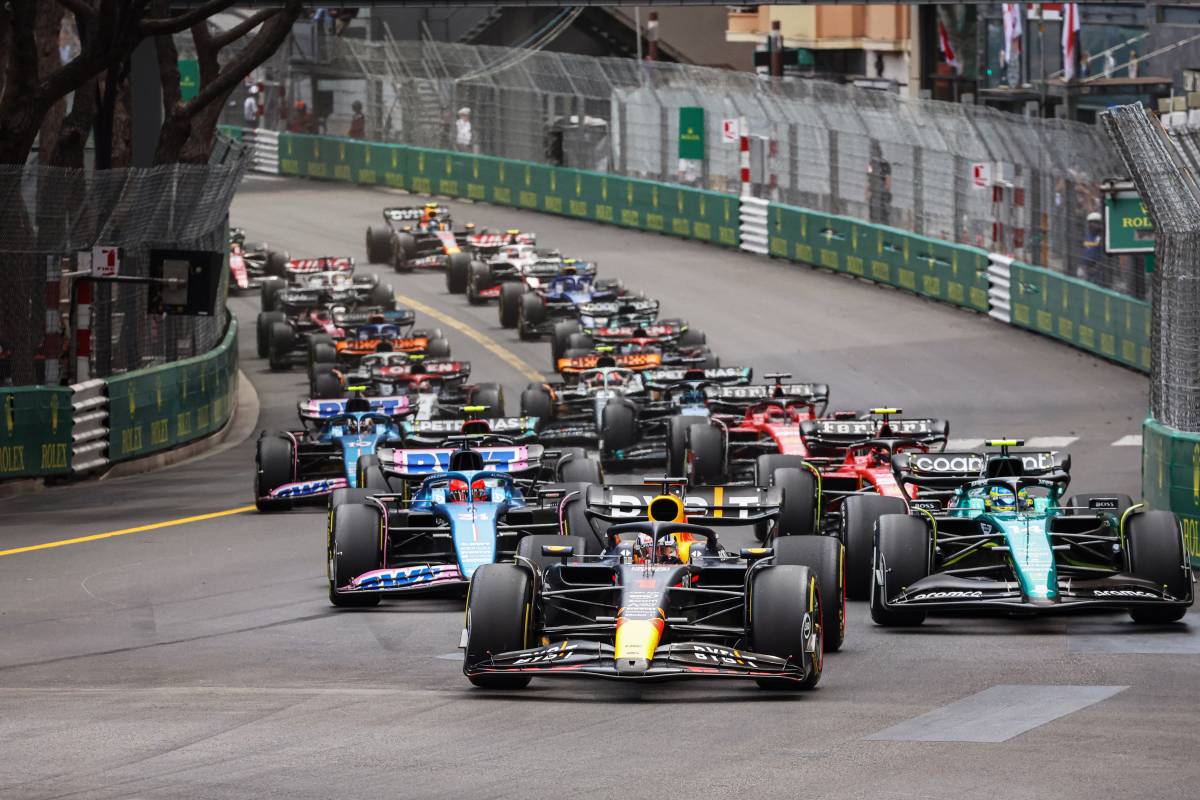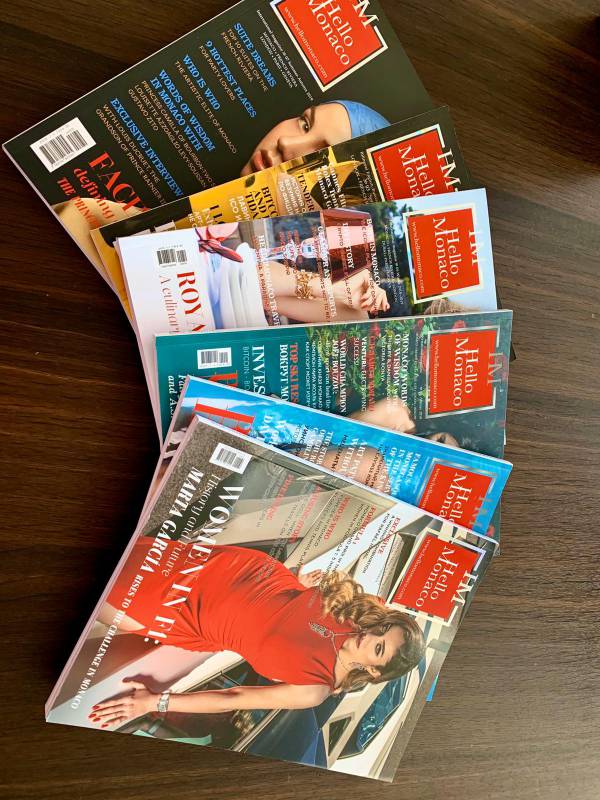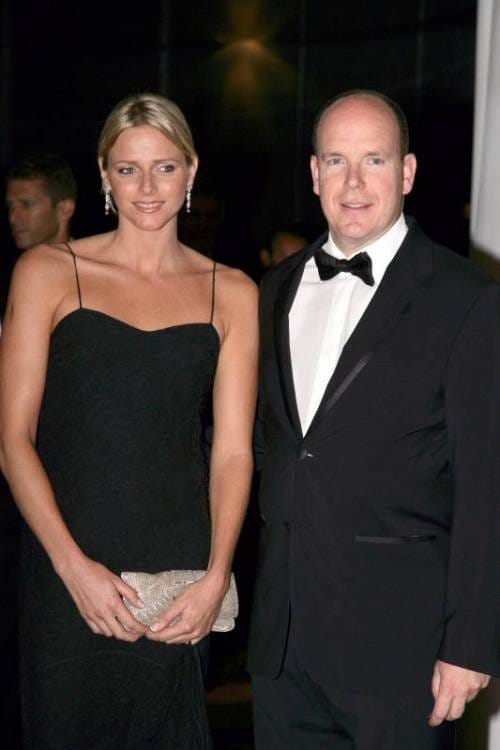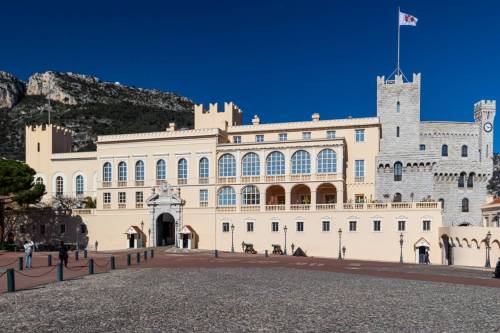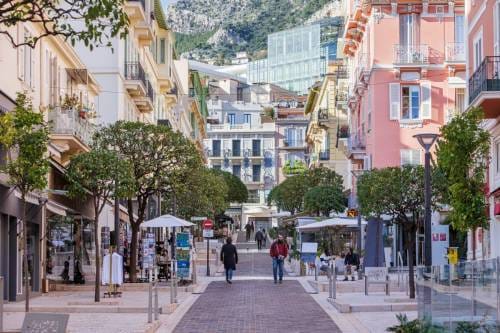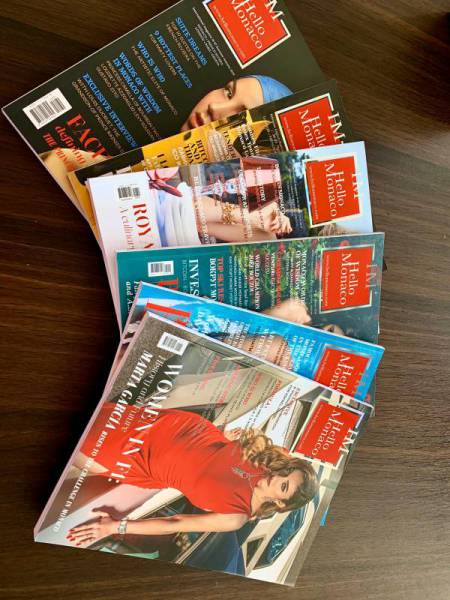“I don’t want to finish my homework!” exclaims a little boy in front of a large audience at the Opéra de Monte-Carlo. All eyes are on him. His mother scolds the boy and he throws a tantrum. The audience murmurs and giggles as the boy breaks his toys. Then something magical happens. The objects come to life! And they are not happy. Even the boy’s homework morphs into an elderly man who sings out in pain.
The year is 1925 and L’enfant et les sortilèges: Fantaisie lyriqueen deux parties (The Child and the Spells: A Lyric Fantasy in Two Parts) is unfolding onstage for the first time.
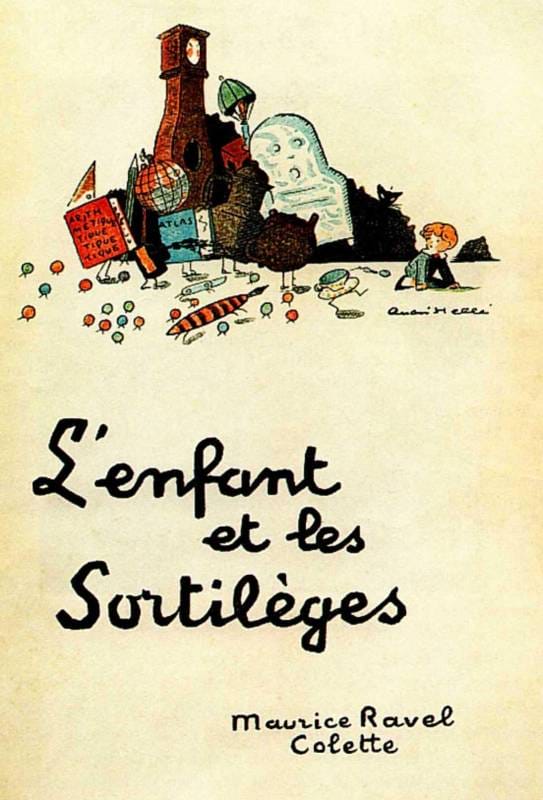
Colette’s script is lost in the mail
The opera was written by Colette (who rose to fame in the English-speaking world for her 1944 novella Gigi). In 1916, Colette wrote the opera’s text in only eight days. Several composers thought that Colette should also write the music for the opera, but she was only excited by one composer: Maurice Ravel. If the opera was written in only eight days, how come it took nine years to complete? The answer is a story with more twists and turns than the opera itself!
During World War I, the Opéra de Paris director Jacques Rouché asked Colette to write a fairy ballet. She originally titled the story Divertissements pour ma fille (Entertainment for my daughter). After Colette chose Ravel to compose the music, a copy was sent to him in 1916 while he was serving in the war. However, the script was lost in transit: the opera’s first hiccup. One year later, Ravel finally received a copy and agreed to compose the score, replying to Colette, “I would like to compose this, but I have no daughter”: the opera’s second hiccup. Ravel and Colette eventually agreed that the composition would be more of an operetta, featuring a boy, but retain the ballet dance elements. Colette re-wrote the text and developed it into a libretto.
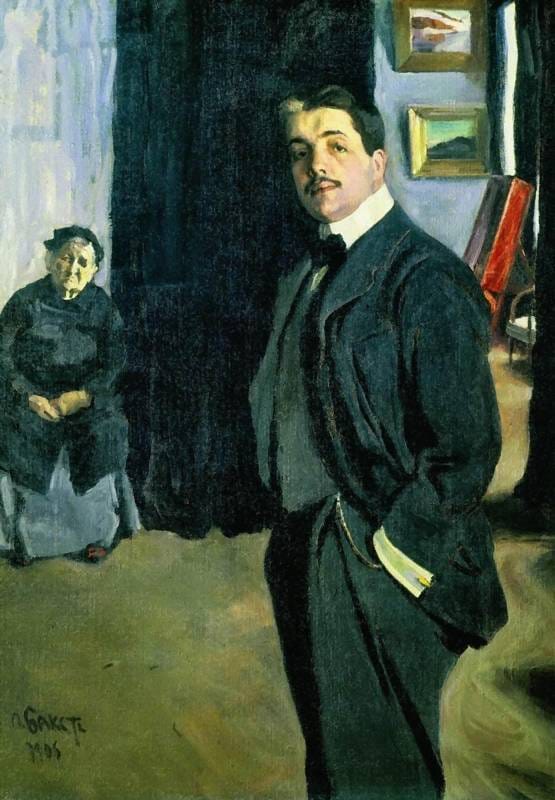
Ravel is plagued by illness
Ravel’s first opera, L’Heure espagnole, was much-loved by Raoul Gunsbourg, director of the Monte-Carlo Opera. In the spring of 1920, four years after the text was originally written, Ravel suffered from physical exhaustion and poor health and had to stop working on Colette’s project. However, Gunsbourg, director of the Monte-Carlo Opera, insisted that Ravel write a sequel to L’Heure espagnole. After Gunsbourg’s encouraging words, Ravel got back to work and became inspired by new American musicals from composers like George Gershwin. Ravel’s composition began to incorporate the musical style of these productions.
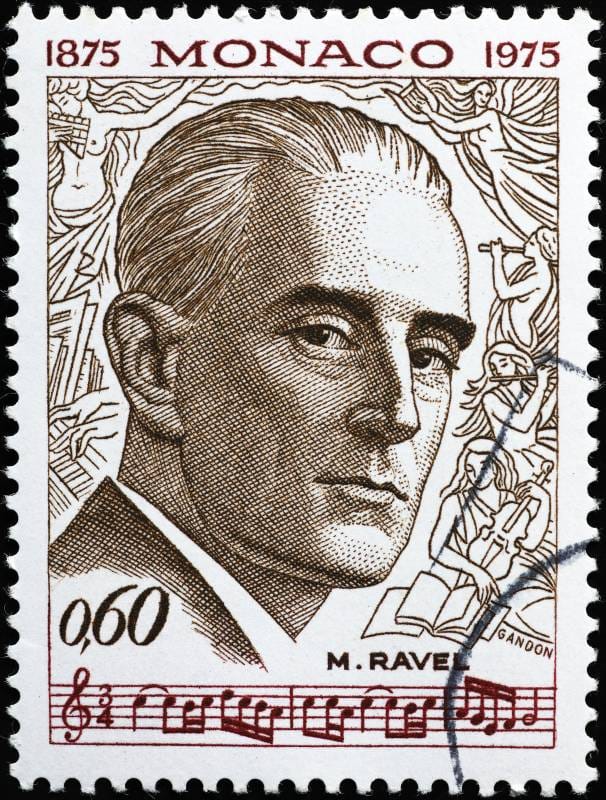
Colette loves the music!
In 1924, Colette believed that the work would never be completed. But in early 1925, it was finally complete! Colette was thrilled and loved what Ravel had done, saying that her writing had been raised beyond its initial scope.
“Our work requires an extraordinary production: the roles are numerous, and the phantasmagoria is constant. Following the principles of American operetta, dancing is continually and intimately intermingled with the action. Now the Monte-Carlo Opera possesses a wonderful troupe of Russian dancers, marvellously directed by a prodigious ballet master, George Balanchine… And let’s not forget an essential element, the orchestra,” said Maurice Ravel about the production.
The opera’s first performance was booked for 21 March 1925 in Monte-Carlo, conducted by Victor de Sabata, with ballet sequences choreographed by George Balanchine and dancers from Les Ballets Russes.

Scandal before opening night
After the production was finally complete, one would think the opera’s troubles were over, but that was not the case! Just a few short weeks before opening night, an argument broke out in the lobby of the Hôtel de Paris. Maurice Ravel and Sergei Diaghilev, the man behind Les Ballets Russes, have a dramatic history. A few years earlier, after hearing a two-piano rendition of La Valse performed by Ravel and Marcelle Meyer, Diaghilev said it was a “masterpiece” but rejected Ravel’s work as “not a ballet. It’s a portrait of ballet”. Ravel, hurt by the comment, ended the relationship. As a result, La Valse was never performed as a ballet.
Diaghilev challenges Ravel to a duel!
When the two men happened to meet again in the Hôtel de Paris, Ravel refused to shake Diaghilev’s hand. The snub caused Diaghilev to reply that he was not convinced of the opera’s merit and was reluctant to see his prestigious dancers associated with the “fanciful work”. In fact, Diaghilev was so upset, he challenged Ravel to a duel! Thankfully, the Russian’s friends persuaded Diaghilev to recant the challenge.
Following the argument, Gunsbourg, director of the Monte-Carlo Opera, quickly wrote to the director of the SBM, René Leon saying that Diaghilev is withdrawing his dancers as a result of Ravel refusing to shake his hand. “I beg you to use your authority to make the dancers understand that neither the administrator of the SBM nor the director of the opera have any business dealing with the personal feelings of a master such as Mr. Ravel, that they must immediately get to work because time is pressing to such an extent that even if you wanted to engage another ballet, it would not materially have time to be ready in five days,” wrote Gunsbourg.
René Léon immediately wrote to Diaghilev: “My dear Diaghilev, I wish to warn you of the seriousness of your refusal to have your dancers dance. Your contract obliges you to provide the ballets for the opera without any personal questions being allowed to intervene. The SBM, in the event of failure, would be obliged to suspend your payments and ask you for damages.”
Diaghilev, in turn, sent his lawyer to René Léon. Léon then replied that if Diaghilev fails to comply, his contract would not be renewed for the following year. Faced with this dire ultimatum, Diaghilev finally backed down and allowed his dancers to participate in the show.
The Monte-Carlo premiere was a success. Critics praised the staging, costumes and the singers’ performance.
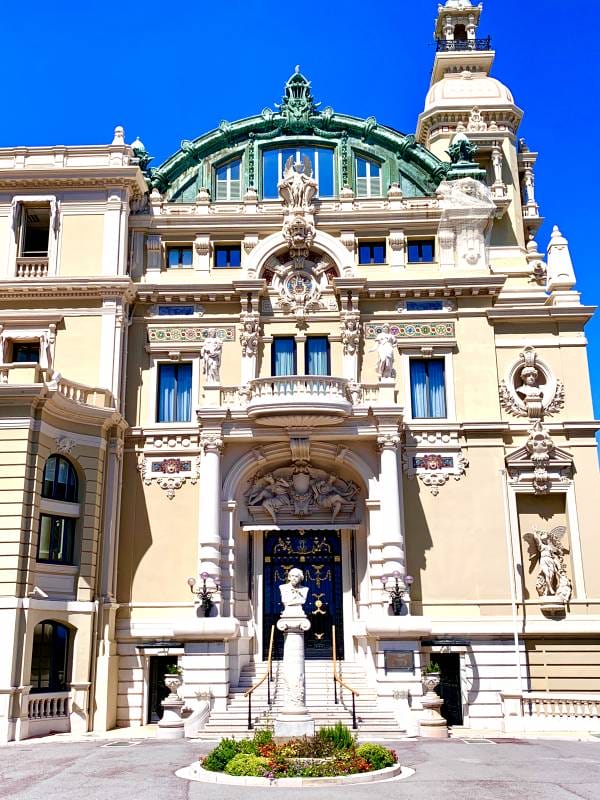
Celebrating the opera’s 100th anniversary
The 150th anniversary of the birth of Maurice Ravel and the centenary of the premiere of L’Enfant et les sortilèges was celebrated in Monaco in March 2025. Kazuki Yamada directed the Monte-Carlo Philharmonic Orchestra and prize-winning singer Gaëlle Arquez performed the title role.
Critics had positive reviews for the 2025 “L’Enfant et les sortilèges” production, calling it “refined”, “effective” and “elegant”. One critic said that tenor Cyrille Dubois “stole the show” and the singers in the Opéra de Monte-Carlo chorus were “impressive”.
How does the opera end?
The little boy’s bedroom becomes a garden filled with singing animals and plants. The child attempts to make friends with them, but they’re still upset at him. In his loneliness, he cries out “Maman!” At this, the objects and animals suddenly attack the boy, but when the child is tossed aside, they end up jostling among each other and a squirrel is injured. The child bandages the squirrel’s wound and collapses exhausted. Seeing this act of kindness, the animals have a change of heart. They mimic his cry of “Maman” while they carry the child back to his home. The opera ends with the child singing “Maman”, as he greets his mother, in the last bar of the score.

